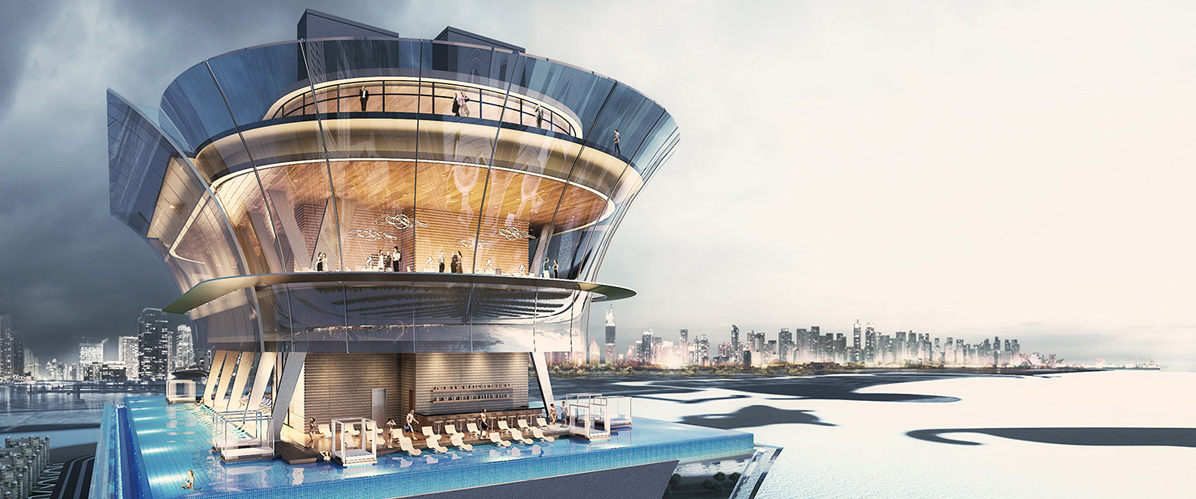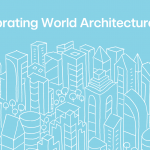30 June 2021
Cutting-edge tech is riding the remote work wave, thanks to its potential for collaboration, says RSP Technology Practice Lead, Sheik Uduman
- Cloud, VR, and AI have gained incredible popularity amid Covid-19.
- Design and construction firms are increasingly relying on these technologies to facilitate remote collaboration.
- To be successful, firms must hold top-to-bottom discussions on how to reimagine processes and engage people.
There’s a myth about the design process: it can only happen when people sit at the same (physical) table.
But Covid-19 proved this wrong. Because of social distancing, people are congregating online. Architects and engineers are remotely sharing the same drawing board virtually for sketching. They are jointly brainstorming ideas from different locations, different countries, on a daily basis.

Photo Credit: Microsoft 365
Even the site teams are going remote: with a 360-degree camera, construction team can even visit sites without leaving their bedrooms!
The need for pandemic-proofing pushed design and construction firms to adopt technologies that let staff collaborate remotely. And because of their ability to facilitate collaboration, three types of cutting-edge technologies in particular have gained incredible momentum: Cloud, virtual reality (VR), and artificial intelligence (AI).
Mindsets around Cloud technology have changed. It is no longer seen as a space to just store files. Now, it is a place to solve business problems. More firms are employing fully digital process supported by cloud platforms, and the trend looks here to stay.
Meanwhile, with increased virtual meetings, multi-user VR setups virtual meetings are shooting up in popularity as key steps in the design and constructability review process. Stakeholders can virtually review the design more directly from anywhere to collaboratively solve design issues.

Photo Credit: Microsoft 365
Then there’s AI. As the built environment industry moves towards widespread digitisation of processes, we will have more structured data available. AI has a multiplier effect on this setup, with the potential to change how designers, project and construction managers work in the near future.
Just like how AI prediction capabilities recommending right products for customer in the e-commerce platforms, design managers are looking to predict and prioritise design risks in advance, while construction managers seek to derive risk insights from hundreds of open Requests For Information (RFIs).
One of the biggest challenges of digitising is a higher chance of failure, which arises mainly from failing to reimagine existing processes well enough or engaging people well enough. To be successful, firms must continuously engage in top-to-bottom internal discussions on how to take advantage of technology appropriately and effectively in the design and project delivery process. Because technology evolves rapidly, this must be done frequently, and changes implemented decisively.
In RSP, after 10 years of experience in implementing BIM from early design to digital asset handover even for mega projects such as Jewel Changi Airport, the upcoming Singapore Institute of Technology (SIT), Deira Mall, BAPS Hindu Mandir and Palm Tower & Hotel. Now we are in next phase of enhancing design ideation and project delivery with latest digital possibilities supported with Cloud, Automation, and AI.
Particularly in last three years, our continuous investments in cloud-based collaboration tools have helped us to save up to 90% of the time on data exchange and change analysis. Because of what we already had in place, when the pandemic hit and we decided to work remotely, all the BIM projects were promptly migrated to the cloud within a few days so that it is business as usual.
Moving forward we are looking to use more VR/AR tools to review the design in 1:1 scale. We believe that design happens at every stage. It is therefore critical to develop more efficient and intelligent workflow that can easily translate our design models onto VR/AR platforms for reviews with the different stakeholders and clients.
Does it sound like a lot of work? Perhaps. The crisis has forced us all to digitise at a rate that would have taken years to reach organically. But the key to approaching this with the right mindset is to get excited about the outcomes of what advanced tech can bring to our organisations and processes, and – more importantly – to consider how they might ultimately add value to the client.

Sheik Uduman, Technology Practice Lead
A BIM and technology enthusiast, Sheik is responsible for the digital transformation and technology strategy of RSP’s professional practise. He is listed in the 2019 top 50 tech adoption leaders by buildworlds.com. For his expertise, Sheik is a frequent speaker at various forums to share about new technology for the built industry.
Share




